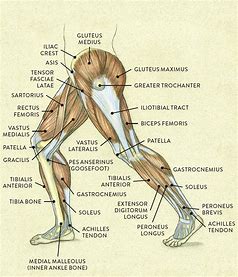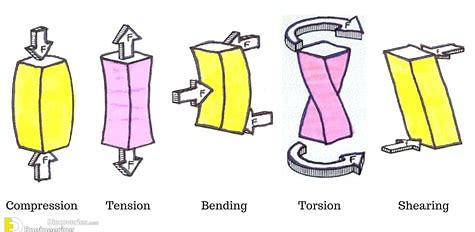Running is a universally accessible and cost-effective way to stay active, whether you’re clocking in a casual 2 kilometers or challenging yourself with a half marathon. Beyond its physical benefits, running also serves as a powerful tool for mental well-being. However, it’s crucial to understand the intricate forces acting on the lower body during this activity to maintain healthy joints, prevent future injuries, and sustain overall bodily health.

Exploring Lower Body Dynamics in Running
Engaging in running triggers a complex interplay within the lower body’s kinetic chain—a network of joints and muscles. This chain involves crucial areas like the ankle, knee, hip, and the core stabilizing elements including the calves, hamstrings, quadriceps, glutes, hip flexors, erector spinae, and core muscles.

Understanding the Forces at Play
Running initiates forces from the moment the foot strikes the ground. These forces travel from the ground up through the foot, leg, and into the back, reverberating through each joint and muscle. The forces encountered during running can manifest as rotational, compression, shear, and tensile forces.

Benefits of Impact on Joints
The impact experienced by each joint during running is beneficial when absorbed effectively. This absorption leads to increased bone density, improved cartilage health, and enhanced stability and strength of ligaments and tendons. However, inadequate absorption can result in chronic pain or injury.
Identifying Factors Leading to Excessive Force
Several factors contribute to excessive or harmful forces in running. Poor gait patterns such as heel/toe running or foot pronation/supination, hyper-extension of the knee due to improper foot-ground interaction, and differences in terrain stiffness can significantly impact force distribution.
Understanding Impact and Chronic Force Injuries
To maintain healthy forces, it’s crucial to focus on absorbing impact by training both antagonist and agonist muscles. Gait training that emphasizes proper heel strike, toe-off, and swing phase, along with understanding running mechanics and wearing suitable footwear, significantly reduces excessive forces. Gradual increments in running intensity and distance are also vital for preventing overuse injuries.
Exercises to Enhance Force Absorption
Maximize the benefits of running by ensuring your lower body is well-prepared. While running offers immense advantages, it’s crucial to acknowledge the potential for injury. Utilize the tools and strategies discussed to minimize injury risks and harness the inherent benefits of running for an enriching, fulfilling experience. A well-prepared lower body not only mitigates injury but also optimizes the rewards of this invigorating activity.






